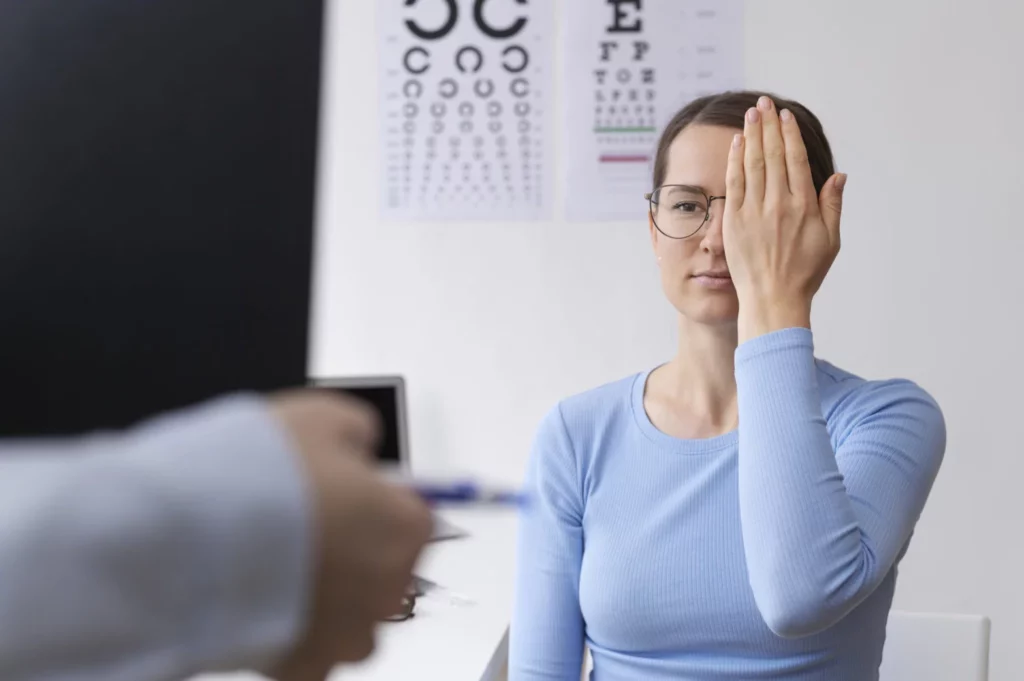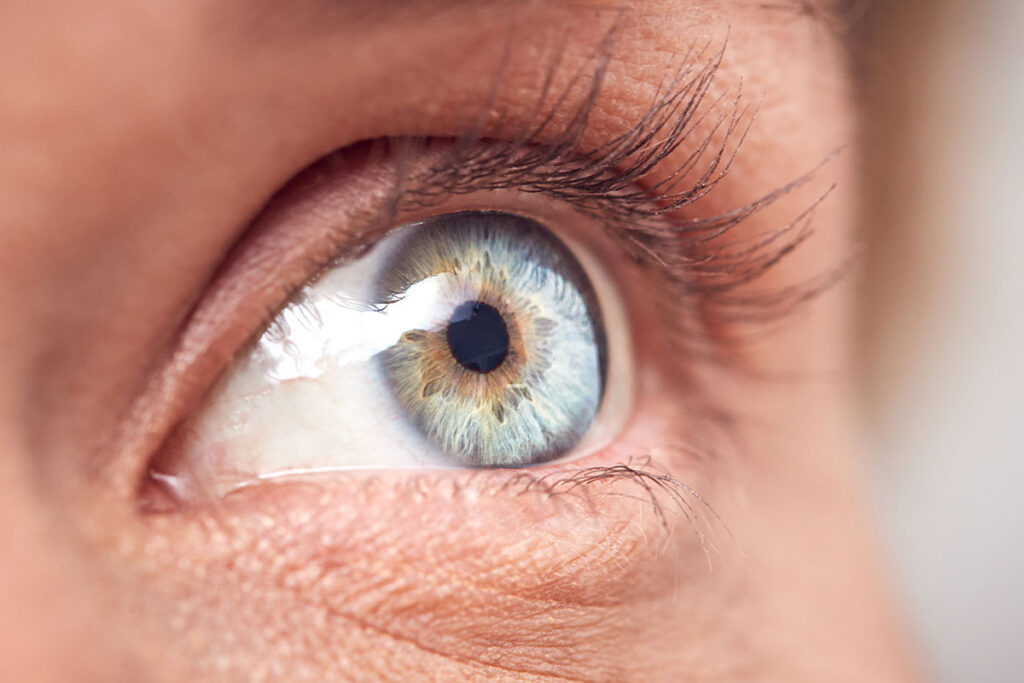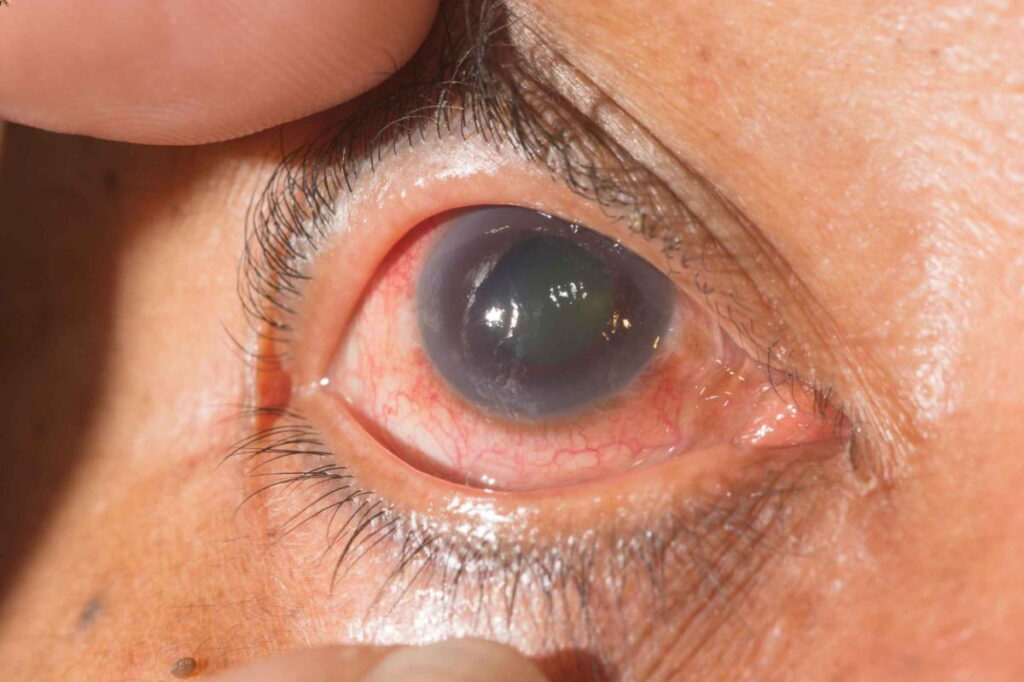Glaucoma is a serious eye condition that affects millions of people around the world. It is often referred to as the “silent thief of sight” because it can progress gradually without any noticeable symptoms. Understanding the causes, symptoms, and prevention strategies of glaucoma is crucial for maintaining healthy vision.
What is Glaucoma?
Glaucoma is a group of eye diseases that damage the optic nerve, which is responsible for transmitting visual information from the eye to the brain. As this nerve becomes damaged, it can lead to irreversible vision loss. The main cause of glaucoma is an increase in intraocular pressure (IOP), which occurs when the fluid inside the eye does not drain properly. However, there are other factors that can contribute to the development of glaucoma.
While the exact glaucoma causes are still not fully understood, researchers have identified certain risk factors that increase the likelihood of developing the condition.
The Eye’s Anatomy and Glaucoma
To understand glaucoma, it’s important to have a basic understanding of the eye’s anatomy. The eyeball is filled with a fluid called aqueous humor, which provides nourishment to the eye’s tissues. This fluid is constantly being produced and drained out through a structure called the trabecular meshwork. In glaucoma, this drainage system becomes clogged, leading to an increase in IOP and subsequent optic nerve damage.
Moreover, the optic nerve is a crucial part of the eye’s anatomy as it carries visual information from the retina to the brain. When damage occurs to the optic nerve, it can result in vision loss that may start with peripheral vision and eventually lead to complete blindness if left untreated. Regular eye examinations are essential in detecting early signs of optic nerve damage caused by glaucoma.

Different Types of Glaucoma
There are several types of glaucoma, each with its own distinct characteristics. The most common type is primary open-angle glaucoma, which develops slowly over time and often goes unnoticed until significant vision loss has occurred. Another type is angle-closure glaucoma, which occurs when the drainage angle between the iris and cornea becomes blocked suddenly, causing a rapid increase in IOP.
Additionally, normal-tension glaucoma is a type of glaucoma where optic nerve damage and vision loss occur despite normal intraocular pressure. This form of glaucoma is not fully understood, and researchers are still investigating the underlying mechanisms that lead to optic nerve damage in the absence of high IOP. Understanding the different types of glaucoma is crucial for early detection and appropriate management to prevent irreversible vision loss.
Unraveling the Causes of Glaucoma
Glaucoma is a complex eye disease that involves damage to the optic nerve, often associated with elevated intraocular pressure (IOP). This increased pressure can lead to gradual vision loss and, if left untreated, may result in blindness. Understanding the various factors that contribute to the development of glaucoma is crucial in preventing and managing this sight-threatening condition.
Genetic Factors in Glaucoma
Studies have suggested that genetics play a role in the development of glaucoma. If you have a close relative with glaucoma, such as a parent or sibling, you are at a higher risk of developing the condition yourself. However, having a family history of glaucoma does not guarantee that you will develop the disease.
Researchers have identified several genetic mutations that may increase susceptibility to glaucoma. These genetic variations can affect the drainage angle of the eye, leading to impaired fluid outflow and elevated IOP. By studying the genetic basis of glaucoma, scientists aim to develop targeted therapies that can effectively manage the disease and prevent vision loss. Find more about drainage angle at https://pubmed.ncbi.nlm.nih.gov/15288973/
Environmental Triggers for Glaucoma
Environmental factors can also contribute to the development of glaucoma. Chronic conditions like diabetes and high blood pressure have been associated with an increased risk of glaucoma. Additionally, certain medications, such as corticosteroids, can raise IOP and potentially lead to glaucoma. Other risk factors include eye injuries, long-term use of contact lenses, and prolonged exposure to sunlight without proper eye protection.
It is essential to maintain a healthy lifestyle and undergo regular eye examinations to detect glaucoma early. By addressing both genetic predispositions and environmental triggers, individuals can take proactive steps to preserve their vision and reduce the impact of glaucoma on their quality of life.
Recognizing the Symptoms of Glaucoma
As mentioned earlier, glaucoma often progresses without any noticeable symptoms, especially in the early stages. However, there are warning signs that may indicate the presence of glaucoma.
Glaucoma is often referred to as the “silent thief of sight” because it can cause irreversible damage to the optic nerve without any obvious symptoms. This is why regular eye exams are crucial in detecting glaucoma early and preventing vision loss.
Early Warning Signs
Some individuals may experience mild eye discomfort or redness, occasional blurred vision, or the appearance of halos around lights. These symptoms are often fleeting and may be attributed to other causes, making them easy to dismiss. However, if you notice any persistent changes in your vision, it’s important to seek medical attention to rule out glaucoma.
In addition to the physical symptoms, individuals with glaucoma may also experience emotional effects such as anxiety, depression, or frustration due to the impact of the disease on their vision and daily life. It’s essential for individuals with glaucoma to seek support from healthcare professionals and loved ones to manage both the physical and emotional aspects of the condition.

Progression of Glaucoma Symptoms
As glaucoma progresses, more noticeable symptoms may appear. These can include a gradual loss of peripheral vision, leading to tunnel vision, and difficulty with tasks that require good eyesight, such as reading or driving. In advanced stages, central vision may also be affected, significantly impairing daily activities.
It’s important to remember that early detection and treatment of glaucoma can help slow down the progression of the disease and preserve vision. If you have any concerns about your eye health or notice any changes in your vision, make sure to schedule an appointment with an eye care professional for a comprehensive eye exam.
The Role of Regular Eye Examinations
Regular eye examinations are crucial for the early detection and management of glaucoma. In addition to glaucoma, these examinations can also help identify other eye conditions such as cataracts, macular degeneration, and diabetic retinopathy. Detecting these conditions early can lead to timely interventions and better outcomes for your eye health. Click here to learn more about cataracts.
Furthermore, eye examinations are not just about detecting eye diseases. They can also reveal underlying health issues such as diabetes, hypertension, and even certain types of cancer. The eyes can serve as windows to your overall health, making regular eye exams an essential part of your preventive healthcare routine.
Importance of Early Detection
Since glaucoma can progress silently, early detection is vital for preventing further vision loss. During an eye examination, your eye doctor will measure your IOP, examine the appearance of your optic nerve, and assess your visual field. This comprehensive evaluation can help identify any abnormalities indicative of glaucoma.
Moreover, early detection of glaucoma can help preserve your quality of life by preventing irreversible vision loss. By monitoring changes in your eyes over time through regular exams, your eye doctor can tailor a treatment plan to manage glaucoma effectively and maintain your eye health.
What to Expect During an Eye Exam
An eye exam typically involves several non-invasive tests and procedures. Your eye doctor may use tonometry to measure your IOP, optical coherence tomography (OCT) to obtain detailed images of your optic nerve, and perimetry to assess your visual field. These tests, combined with a thorough examination of your eyes, will provide valuable information about the health of your eyes and any potential signs of glaucoma.
Additionally, during an eye exam, your eye doctor may also evaluate your eye coordination, depth perception, and color vision. These assessments can help detect issues that may affect your overall visual function and quality of life. By addressing these concerns early on, you can maintain optimal eye health and enjoy clear vision for years to come.
Prevention Strategies for Glaucoma
While there is no surefire way to prevent glaucoma, certain strategies can help reduce your risk of developing the condition.
Glaucoma is a complex eye disease that damages the optic nerve and can lead to vision loss if left untreated. It is often associated with high intraocular pressure, but it can also occur in individuals with normal eye pressure. Regular eye examinations are crucial in detecting glaucoma in its early stages, allowing for timely intervention to prevent further damage.
Lifestyle Changes to Prevent Glaucoma
Adopting a healthy lifestyle can significantly lower your risk of glaucoma. Regular exercise, maintaining a healthy weight, and avoiding smoking can all help protect your eyes. Additionally, consuming a diet rich in antioxidants, such as fruits and vegetables, may have a protective effect against glaucoma.
Adequate hydration is also important for eye health, as dehydration can affect the production of fluids in the eye and increase the risk of elevated intraocular pressure. Drinking plenty of water throughout the day can help maintain proper eye function and reduce the likelihood of developing glaucoma.
Medical Interventions for Glaucoma Prevention
In some cases, medical interventions may be necessary to prevent glaucoma or slow its progression. These can include the use of medicated eye drops, oral medications, or even surgical procedures to improve the eye’s drainage system. Your eye doctor will determine the most appropriate treatment plan based on your individual needs and the severity of your condition.
It is important to note that glaucoma is often referred to as the “silent thief of sight” because it typically progresses without noticeable symptoms until significant vision loss has occurred. This is why regular eye examinations, especially for individuals over the age of 40 or those with a family history of glaucoma, are crucial in early detection and management of the disease.
Read more: Glaucoma Symptoms and Treatment Options Available Today

